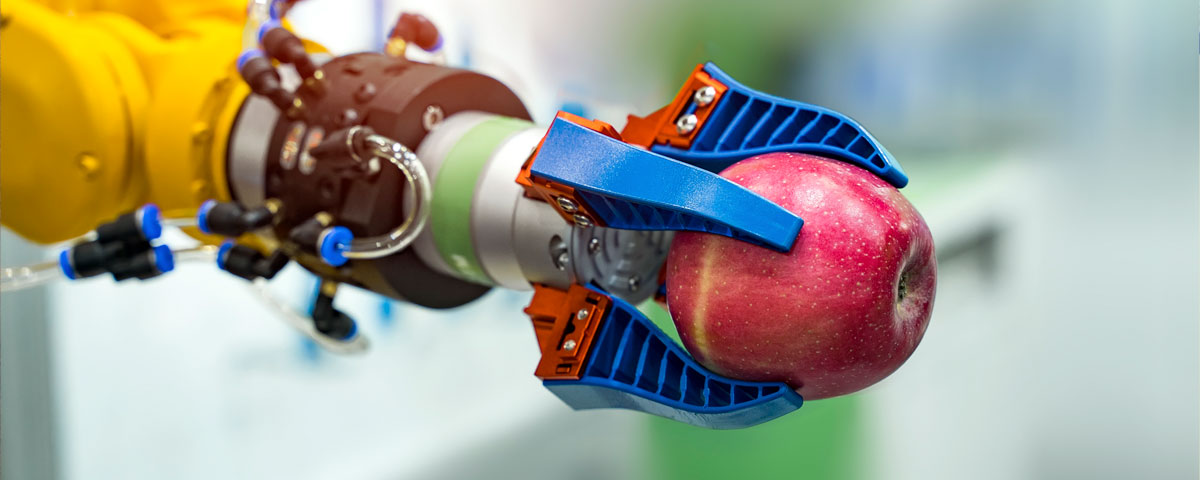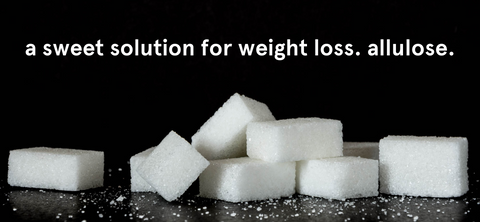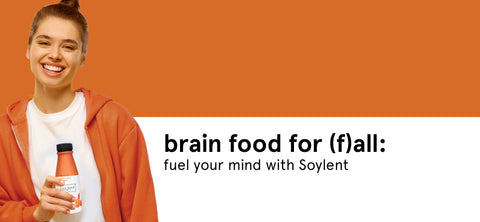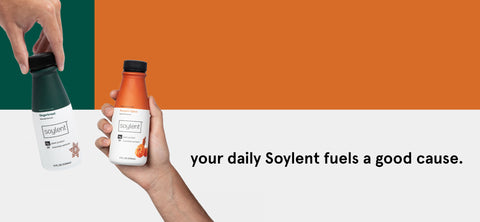
By Blake Ebersole
Food processing has gotten a bad rap.
Is food processing really as unhealthy as it’s portrayed? We’re going to dive into this topic here.
We do know that food processing is immensely important. In fact, the modern age of food processing led to the growth of the Earth’s human population over the last century.
Before modern food processing, there were no guarantees on the safety and quality of food. Even more important, the financial and time costs of producing our own food meant that we had little time left for work, play, kids and life.
The truth is, food technology and industrialization have freed most of us from the difficult and time-consuming task of producing our own food.
Sure, it’s safe to say that a lot of processed foods in our Western Diet meet a lot of the minimum requirements for safety, shelf stability and taste. But one big gorilla in the room remains for processed foods.
The King Kong in the room of processed foods is nutrition.
Food processing can be a good thing, but only with the right goals in mind.
The number one purpose of food processing is to make our food safe to eat. For example, cooking and processing with heat kills the microorganisms that make us sick.
Food processing also includes a wide range of ways to create all the foods we love to eat. Concentration, filtration, emulsifying, and foaming are all common processing steps for one of everyone’s favorite foods -- ice cream

There are a lot of challenges to understanding the impact of processing on health. The main challenge is that “processing” includes a world of possibilities - defying any single definition.
Because processing means so many things to so many people, we think it’s best to take a ‘holistic’ view of processed foods -- especially their composition (that is, what’s inside.)
It’s critical to look at the entire makeup of a processed food rather than simply whether it has been processed.
Looking at the entire makeup of a food makes sense, and is one of the few things about processed foods on which many experts agree.

Challenge #1: Define what is ‘processed’ versus not.
There are so many different types of processing that you can’t just categorize food into just two separate camps. Like a lot of other things in life, the types and impacts of food processing are complex. Truth is, there’s a wide spectrum of processing possibilities, and not all of them are bad for you.
It’s true that many (if not most) processed foods are bad for you -- often too high in sugars and bad fats, and too low in protein and nutrients.
But we believe that it’s actually more important to look at the entire makeup of a processed food -- it’s intended design -- rather than simply whether it has been processed.
The spectrum of food processing is wide...
It’s true that too many processed foods are TOO tasty and cheap, created only to make you crave them.
On the other side, there are beneficial food processing techniques as well -- like those intended to provide good sources of one or two nutrients. (Think of most protein bars).
If you design products to satisfy some of the basic nutritional requirements, that’s on the right track. But to Soylent, that seems kind of, meh.
Soylent was founded on the idea that they can (and should) go a little further to take a new look at food.
That means developing engineered, processed foods that are plant-based, nutritionally complete, and with all 36 essential nutrients. And design it to be low-glycemic and low in sugar, with high-quality soy protein, and healthy fat. Not to mention, creamy, satiating, accessible, affordable and sustainable.
They’re checking a lot of boxes.
That’s Soylent: a nutritionally engineered, processed food product, that’s better for you.
When is processing better-for-you?
There are some ways that modern food processing is advantageous for health.
Here are three ways we use food processing for good:
1. Engineered processed foods designed to support nutritional requirements based on reference daily intakes (RDI)
Engineered, processed foods enjoy a level of quality, consistency, and functionality that many unprocessed foods do not.
Engineered foods that provide complete nutrition (like Soylent) are often called meal replacements. Meal replacement products are intended to substitute for any meal.
One thing people love about meal replacements is their long history of consumption around the world by millions of people, from young to old. In particular, soy-based meal replacements have been studied extensively for their health benefits.

Soybeans are rich in highly digestible plant protein. Farmers love soybeans because they fix nitrogen into the soil. And, soybean processing is as old as tofu.
Soylent meal replacements go beyond what many others provide -- with 36 essential nutrients, lean plant protein, low-glycemic carbohydrates, and healthy fats.
2. Engineered processed foods eliminate nutritional guessing games
Unprocessed, “whole” foods can be great. Most would agree that fruits, vegetables, meat, and dairy can support a healthy diet.
However, there is no single food that provides complete nutrition (all of the essential nutrients) at levels that can meet our daily requirements. (That’s why it’s a good idea to eat a diversity of foods!)
But take apples, for example. Apples have calories as carbohydrates, fiber, and even some antioxidants. But they’re not a complete food -- they lack protein, fat and most essential nutrients (vitamins and minerals). Plus, they’re high in sugar.
And, knowing the nutritional content of any one apple is nearly impossible. From apple to apple, the amount of calories and other nutrients vary based on fruit size, variety, and level of ripeness.
3. Engineered processed foods often don’t suffer from the hidden costs and waste from unprocessed, “whole” foods
Food is expensive and often come with many hidden costs.
Look at apples again. To make them affordable, you often have to buy a bag of apples -- often more than you want to eat before they go bad. Then, you have to buy other stuff to cook or go with it - like peanut butter.
Did you know that more than half of perishable food gets thrown away!

Most of us throw away the ‘useless’ parts of the apple, which make up about half of their weight transported to a landfill. Apple cores, banana peels, and avocado pits and skins all take the long route from the farm to your table...and then to a landfill.
Then there’s the time required to cook meals with whole foods. Truth be told, all the time we spend on buying, making, eating and cleaning up meals, is often better spent doing something else.
Don’t get us wrong -- Soylent loves whole foods and home cooking.
All of us enjoy cooking and sharing delicious, nutritious meals with our friends and family -- especially meals that are nutrient-dense, plant-based, and help to minimize our impact on the planet.
But when we don’t have the time to enjoy home cooking for every meal, we need something healthy and satisfying to fill in the gaps.
That’s Soylent: a rethink on what “food processing” should mean.
Soylent’s approach to food processing means we apply modern, scientific methods to food design and production, to fill in the gaps in your day — and your diet.
What’s that mean for you?
1. Every serving of Soylent has all 36 essential nutrients —that’s complete, everything you need. Soylent provides a more dense source of nutrients from plants, compared to almost any other single food you could eat.
2. Soylent chooses healthy plant-based macronutrients, including lean soy protein, smart carbohydrates, and healthy fats. This means a lower glycemic load that gives sustained energy and optimal metabolism.
3. Soylent contains a consistent, standardized amount of calories and nutrients, so you don’t have to guess what you’re eating, or perform complicated mental arithmetic to meet your daily requirements.
4. Soylent saves time. A nutritious meal or snack that takes zero time to prepare, and little time to consume.
5. Soylent uses science, including bioengineering and GMO’s, to maximize nutrition and minimize the impact on the planet and our resources.
(A recent study on Soylent products showed that Soylent requires less energy and water than conventional meals, and creates lower carbon emissions and waste. More to come on the new research soon!)
6. Finally, Soylent is convenient and affordable, which means they’re doing a lot of work to make food deserts disappear.
Soylent is working to redefine food processing for good, to fulfill the ultimate potential of food.
In a world with a rapidly growing population, and diminishing resources, we all need access to nutrition that is cost-effective and easy to consume.
We’re ready to change how the world thinks about food. Read more about our mission and vision here
_______________________________________

Blake Ebersole is a science advisor for Soylent. Blake has spent the past 15 years supporting the development of a wide range of foods, supplements and healthy ingredients. Hit him up on Twitter @naturalblake or Insta @naturpro.







